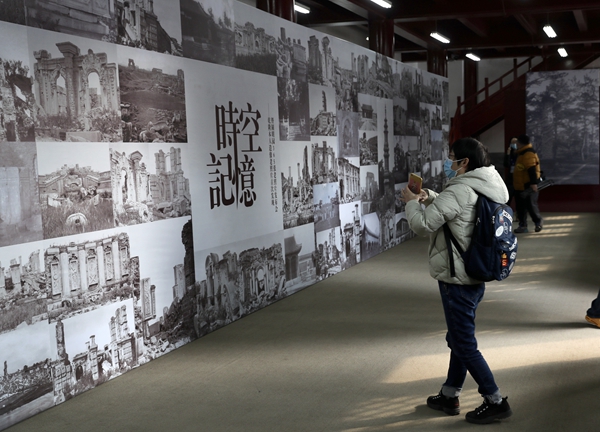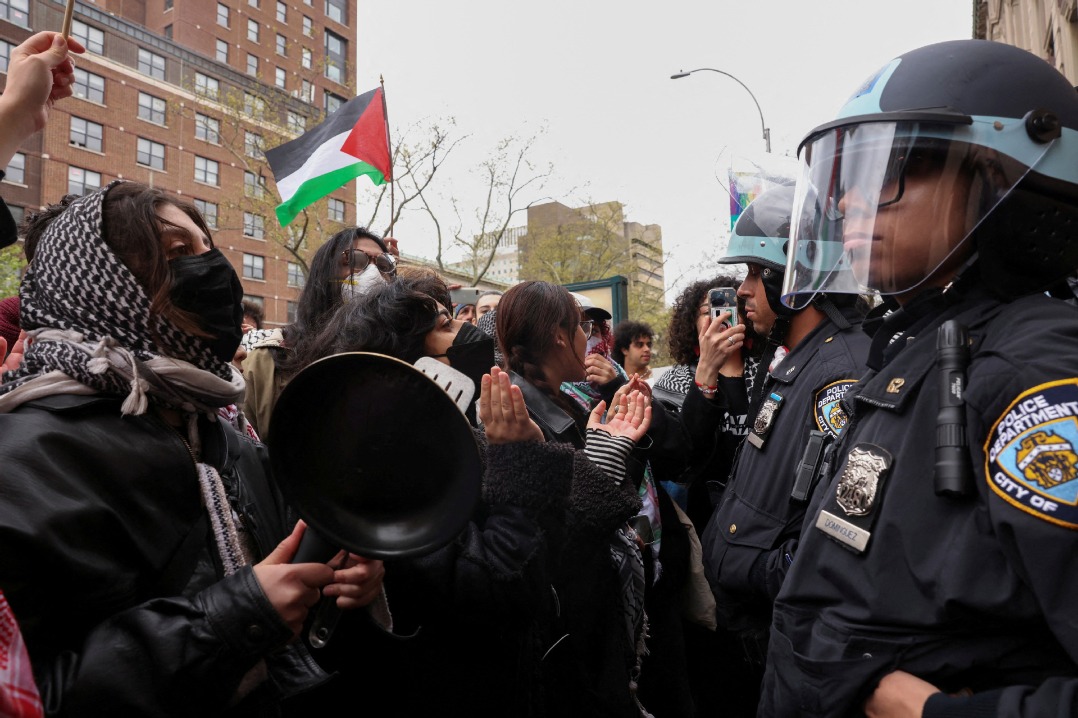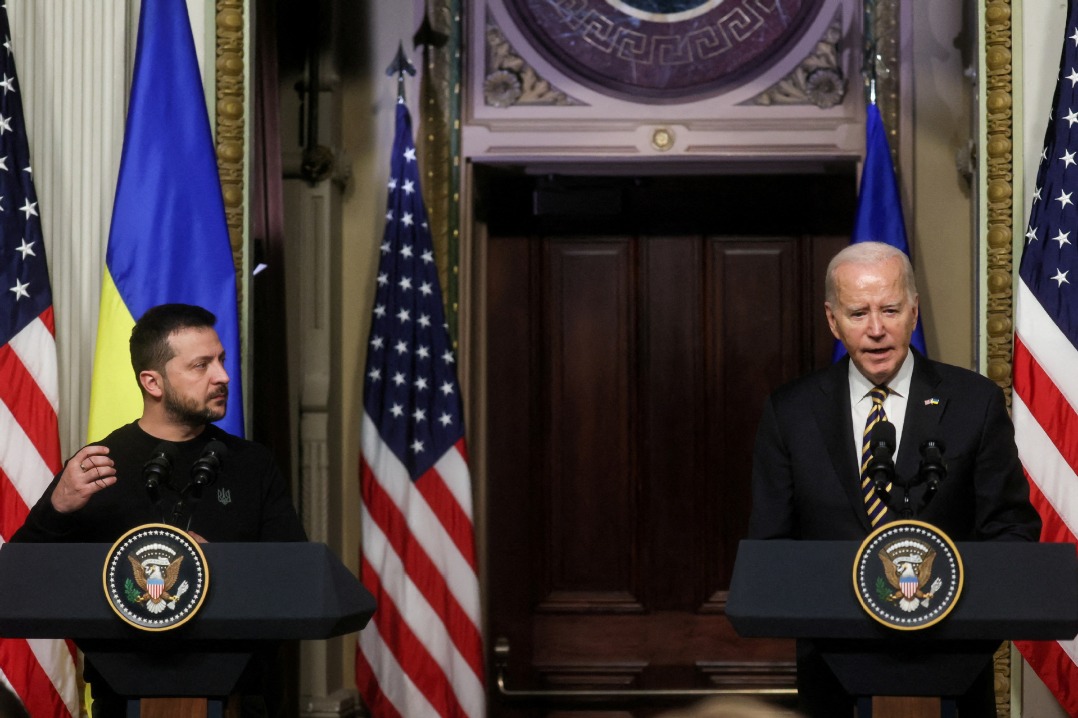A calling of history
By Wang Kaihao | China Daily | Updated: 2021-03-23 08:00

"We don't know how many old photos of Yuanmingyuan remain in today's world, maybe I've found most of them," Liu says. "But maybe there are 4,000 remaining, or even more. One thing is for sure, as long as photos are recovered, our understanding of Yuanmingyuan will be refreshed."
At least, his own understanding of Yuanmingyuan has evolved. In 1993, Liu, then only 12 years old, visited Yuanmingyuan for the first time. He originally planned to visit the nearby Summer Palace but fell asleep on the bus and missed the stop.
"I have to say it's serendipity, and Yuanmingyuan has become my lifetime emotional attachment," he says.
Then, he visited an exhibition on how the Anglo-French forces gutted and destroyed Yuanmingyuan. Anger and patriotism urged him to search for everything related to the fallen wonder.
"I accidentally saw an old photo of Yuanmingyuan online and began to look for its source before I got more and more files," Liu says.
He worked for an internet company, 163.com, after graduation.
"I went there because surfing online was not cheap in China then," Liu says. "But I could not forget my dream, so I quit and turned my back on the high salary."
Recommended by other researchers, he came to the administration section of Yuanmingyuan. He is a prolific writer and has published more than 10 books on Yuanmingyuan, including a most recent one, which is a photo collection.
His studies show that looters and the social upheaval in the early 20th century in China brought further destruction to the site. That also explains why cultural relics from Yuanmingyuan have been found in hutong (alley) communities and campuses all over Beijing.
"We have to respect history," he says. "People cannot forget what was done by the Anglo-French forces, and that is the root of all the misery. But we also need to keep in mind that Yuanmingyuan finally became ruins because of a time when there was a lack of care.
"That should urge people today to better protect it," he says.
Great efforts have been taken to protect Yuanmingyuan since 1976, when the administration departments for the ruins were established. Excavations, in recent decades, have revealed its original appearance but sometimes archaeologists have to use their intuition as what they uncover could be considered to be just the tip of an iceberg.
"If we can combine the archaeological findings with the studies of old photos," Liu says, "that will help us to portray an even clearer picture of Yuanmingyuan".
In his quest, Liu, also the deputy director of the Beijing History, Geography and Folk Custom Society, has gathered numerous old photos of the city. He is preparing a book on the axis line of ancient Beijing city via these visual records.
"Following more research, I'd like to compile a book on the history of photography in Beijing as well," he says. "It will be interesting to know which photo exactly was the first to be taken in the city."























